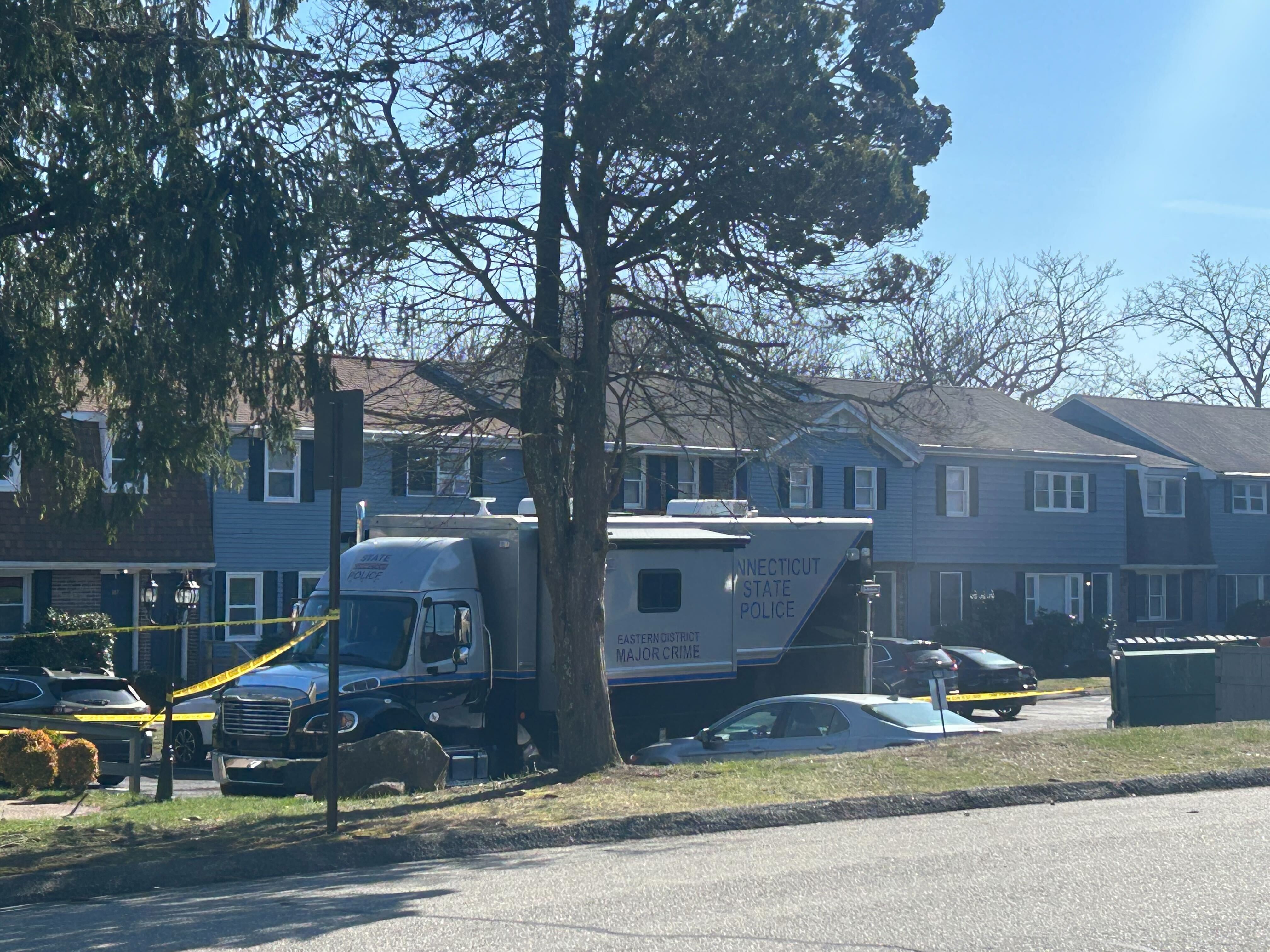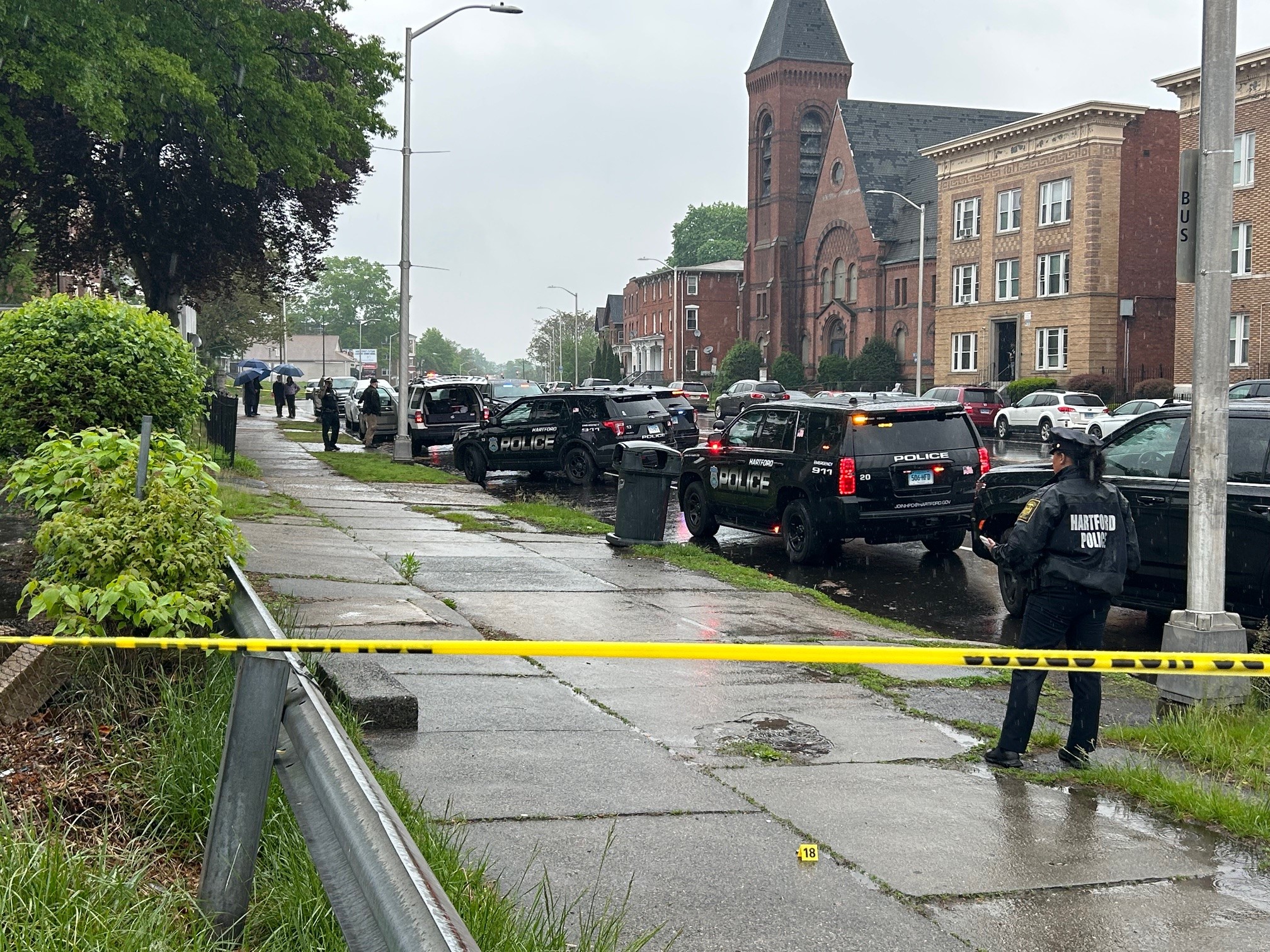Jose Morales Guilty: Daughter Still Missing? Verdict Explained
Justice Served? Jose Morales Guilty in Christine Holloway Murder, Daughter Still Missing
A Community Holds Its Breath
The air in Ansonia, Connecticut, felt thick with anticipation this week. For a community haunted by the disappearance of a little girl and the tragic death of her mother, the trial of Jose Morales represented a glimmer of hope, a chance for some semblance of closure. But could the verdict truly bring peace after so much pain? The jury's decision is in: Jose Morales has been found guilty of the murder of Christine Holloway and tampering with evidence.
The Verdict: Guilty on All Counts
The hushed courtroom awaited the jury's announcement, each person present acutely aware of the weight of their decision. After deliberating since Monday afternoon, the jurors returned late Tuesday morning, delivering a verdict that rippled through the room and beyond. Jose Morales was found guilty as charged.
The Unspeakable Crime: Holloway's Death
Let's rewind to the harrowing details of this case. Christine Holloway's body was discovered on December 2, 2019, in her Myrtle Avenue home in Ansonia. The prosecution argued, and the jury evidently agreed, that she had been murdered before that discovery. Imagine the horror of that scene, the chilling realization that a life had been violently taken.
Vanessa Morales: A Daughter Vanished
This case isn't just about Christine Holloway; it's also about her daughter, Vanessa Morales. Vanessa was a mere 14 months old when her mother was found dead. She was nowhere to be found at the scene. To this day, Vanessa remains missing. Every parent's worst nightmare, amplified beyond comprehension. Where is she? Is she safe? These questions continue to plague the community.
Morales' Arrest and Denial
Following an investigation that gripped the region, Jose Morales, Christine Holloway's boyfriend and Vanessa's father, was arrested on February 7, 2020, in connection with Holloway's death. He faced charges of murder and tampering with evidence. He pleaded not guilty, setting the stage for a trial that would reveal conflicting accounts and heartbreaking details.
The Defense: A Tale of Intruders and PCP
Morales took the stand in his own defense, attempting to paint a different picture of the events. He testified that he was under the influence of PCP when two men broke into Holloway's home, attacked her, and kidnapped Vanessa. A far-fetched story, many would say. Did the jury believe him? Clearly not. But this raises a critical question: Can a person’s state of mind, however altered, negate the culpability for their actions? The jury clearly felt that the evidence did not support this argument.
Deliberation: The Weight of Justice
The jury began their deliberations on Monday afternoon, a monumental task before them. They had to sift through the evidence, weigh the testimonies, and ultimately decide whether the prosecution had proven Morales' guilt beyond a reasonable doubt. This wasn't a simple task, it was a test of their resolve and commitment to justice. The fact that they reached a verdict relatively quickly suggests a strong consensus regarding the evidence.
Evidence Tampering: More Than Just a Crime
Morales was also found guilty of tampering with evidence. What does this mean? It suggests an attempt to conceal his involvement, to obstruct the investigation, to cover his tracks. Think of it as adding insult to injury, a further demonstration of his guilt and a betrayal of the trust placed in him as a partner and father.
The Search for Vanessa: Hope Remains
While the verdict provides some measure of justice for Christine Holloway, the search for Vanessa continues. She remains missing, a constant reminder of the unresolved pain and uncertainty that still grip the community. Her absence is a gaping wound that refuses to heal. What can be done to reinvigorate the search for Vanessa? Could new leads emerge in the wake of the trial?
The Impact on the Community
Ansonia is a close-knit community. A tragedy like this reverberates through every street, every household. How will the verdict affect the community's healing process? Will it provide closure, or will the continued absence of Vanessa prevent true healing? This is a question only time can answer.
The Role of Law Enforcement
The Ansonia Police Department, along with state and federal agencies, worked tirelessly to investigate Holloway's murder and search for Vanessa. What were the key pieces of evidence that led to Morales' arrest and conviction? How did law enforcement navigate the complexities of this case, balancing the need to find Vanessa with the pursuit of justice for Christine?
The Prosecution's Case: A Strong Argument
The prosecution presented a compelling case against Morales, piecing together evidence and witness testimony to demonstrate his guilt. What were the strongest arguments presented by the prosecution? How did they address Morales' defense that he was under the influence of PCP?
The Defense's Strategy: A Gamble That Failed
Morales' defense team attempted to cast doubt on the prosecution's case, arguing that he was not responsible for Holloway's death and that Vanessa's disappearance was unrelated. Was this a risky strategy? Did it backfire? The verdict suggests that the jury was not persuaded by the defense's arguments.
The Trial's Impact on the Family
Beyond the immediate victim and perpetrator, tragedies like this ripple outwards, affecting families, friends, and loved ones. How has this case impacted Christine Holloway's family? How are they coping with her loss and the continued uncertainty surrounding Vanessa's whereabouts?
Moving Forward: Finding Closure and Continuing the Search
The guilty verdict marks a significant milestone in this tragic case, but it is not the end. The search for Vanessa must continue, and the community must find ways to heal from the trauma of Holloway's murder. What resources are available to support those affected by this case? How can the community come together to ensure that Vanessa is never forgotten?
A Call for Justice: More Than Just a Verdict
While the courtroom delivered its verdict, true justice remains incomplete. Justice for Christine means finding Vanessa and bringing her home. Justice also requires addressing the underlying issues that may have contributed to this tragedy, such as domestic violence and substance abuse. Only then can Ansonia truly begin to heal.
Conclusion: A Step Towards Closure, But the Search Continues
Jose Morales has been found guilty of the murder of Christine Holloway and tampering with evidence. This verdict offers a sense of justice for Christine and her family, but the disappearance of Vanessa Morales casts a long shadow over the community. The search for Vanessa continues, and the hope remains that she will one day be found safe. This case serves as a stark reminder of the devastating consequences of violence and the enduring power of hope in the face of tragedy.
Frequently Asked Questions
Q1: What specific evidence led to Jose Morales' conviction?
A1: While specific details presented in court are not fully disclosed here, the prosecution built its case on a combination of forensic evidence found at the crime scene, witness testimonies, and Morales' own conflicting statements. The tampering with evidence charge also suggested attempts to cover up his involvement.
Q2: What is the current status of the search for Vanessa Morales?
A2: Despite the guilty verdict, the search for Vanessa Morales remains active. Law enforcement continues to follow up on leads and encourages anyone with information about her whereabouts to come forward. The FBI is also involved in the ongoing investigation.
Q3: How can I help in the search for Vanessa Morales?
A3: If you have any information, no matter how small or insignificant it may seem, please contact the Ansonia Police Department at (203) 735-1885 or the FBI. Sharing information on social media and raising awareness can also help keep Vanessa's story alive.
Q4: What support services are available for victims of domestic violence in Ansonia, CT?
A4: Several organizations in the Ansonia area offer support to victims of domestic violence, including BHcare, the Umbrella Center for Domestic Violence Services, and the Connecticut Coalition Against Domestic Violence. These organizations provide resources such as counseling, shelter, and legal assistance.
Q5: What is PCP and what are its effects?
A5: PCP, or phencyclidine, is a hallucinogenic drug that can cause a range of unpredictable and dangerous effects, including distorted perceptions, paranoia, aggression, and impaired judgment. Its use can lead to violent behavior and a disconnect from reality, making it a highly risky substance.



